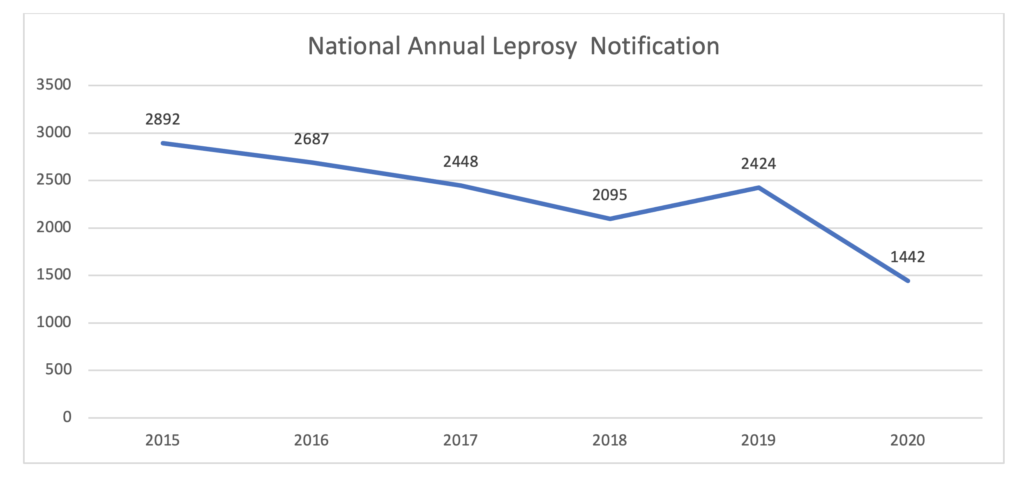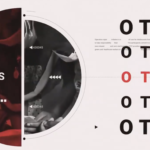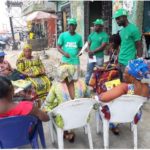LEPROSY: AN UNFINISHED BUSINESS
World Leprosy Day 30th January 2022: United for Dignity
Photo Credit: Handout
Leprosy is an age-old infectious disease previously considered to be highly contagious. Currently it has been shown that it is caused by the very slow growing, slow to transmit and easily treatable bacterium Mycobacterium leprae, also known as Hansen’s bacillus (in honor of Gerhard Hansen, the Norwegian physician and bacteriologist, who discovered the causative bacterium in 1873). There were 127,558 new leprosy cases detected globally in 2020 including 8,629 children below 15 years., according to official figures from 139 countries from the 6 WHO Regions.
The bacillus reproduces very slowly with average incubation period (Time between infection and appearance of the signs and symptoms of the disease) of approximately five years. In some cases, symptoms may appear as early as nine months after infection, and in other cases, they may take up to 20 years. Leprosy is difficult to contract, and most people will never develop the disease even if exposed to leprosy bacilli. When a leprosy patient coughs or sneezes, droplets containing the bacterium might be inhaled by another person and thus transmitted. Most cases of leprosy transmission occur because of repeated and long-term contact with an infected, undiagnosed, and untreated individual. It is important to understand that the bacteria are not spread by casual contact with an infected person, like shaking hands, hugging, or sitting next to them on a bus or at a table during a meal. One can catch it only if they come into close and repeated contact with nose and mouth droplets from someone with untreated leprosy. Leprosy cannot be passed on to unborn children by pregnant women who have the disease. It is also not spread through sexual contact. It is only people who are living with highly advanced untreated leprosy patients in proximity for a long time that are prone to getting the disease. The disease mainly affects the skin, the nerves, the mucosa of the upper respiratory tract and the eyes The initial symptoms are light or dark spots or nodules on the skin, resulting in skin lesions and loss of sensation in the affected area. Other symptoms include muscle weakness and tingling in the hands and feet. Nerve damage can lead to loss of feeling in the arms and legs and cause muscle weakness. Numbness in palms and soles can cause inadvertent injuries and burns leading to ulcers and loss of digits. This is what causes disfigurement in patients. It can also affect the eyes and ultimately lead to blindness.
If untreated, leprosy affects the patient’s nerves and muscles of the hands and feet, eventually leading to severe deformities and permanent impairment, which have become stigmatizing symbols associated with the disease. Complications of leprosy include:
- Blindness or glaucoma
- Iritis/inflammation of the iris
- Disfiguration of the face (including permanent swelling, bumps, and lumps)
- Muscle weakness that leads to claw-like hands or not being able to move the feet
- Permanent damage to the inside of the nose, which can lead to nosebleeds and a chronic stuffy nose
- Nerve damage can lead to a dangerous loss of feeling. If one has leprosy-related nerve damage, one may not feel pain when they get cuts, burns, or other injuries on the hands, legs, or feet.
Leprosy is curable. Early and complete treatment considerably reduces the chances of deformity and disability. It is when cases are not treated at the beginning of signs and symptoms that the disease causes progressive and permanent stigmatizing sequelae. Today, leprosy treatment is free and simple with a combination of antibiotics that include dapsone, rifampicin, and clofazimine called multidrug therapy (MDT). If detected on time, most of the cases can be cured between 6 to 12 months if the MDT is ingested correctly and regularly. The multi-drug therapy is being donated by Novartis to World Health Organization (WHO) and is provided free of cost by the government. Over the past 20 years, more than 16 million leprosy patients have been treated with MDT globally.
The resolution to eliminate leprosy as a public health problem; defined as reducing the prevalence to less than 1 case per 10,000 population by the year 2000 was passed at the 44th World Health Assembly in 1991. Nigeria adapted the global elimination target and integrated the control and care of the disease into the countries’ health services through the Tuberculosis, Leprosy and Buruli ulcer control programme of the ministries of health. The country achieved the national elimination target by the end of 1998 and by the of 2010 all states in the country had attained the leprosy elimination target. However, 12 years later leprosy still occurs in the country. (see the annual case notification chart below) After meeting the elimination target Nigeria’s commitment to leprosy control faltered with investment in leprosy control diminishing drastically due to competing demands from other health priorities like HIV/AIDS, TB and Malaria .

World Leprosy Day 30th January 2022: United for Dignity
A lot of stigma and prejudice remains about leprosy disease, especially among those with deformity and those suffering from it are isolated and discriminated against. This situation has a negative impact on access to diagnosis, the result of treatment and care in addition to violating civil, political, and social rights. Ending discrimination, stigma and prejudice is essential to end leprosy Continued commitment to fighting the stigma through awareness, early treatment and improving access to treatment will lead to a world free of this completely treatable disease.
World Leprosy Day was established in 1954 by French journalist and activist, Raoul Follereau. with two goals: to advocate for the equal treatment of persons affected by leprosy and to re-educate the public about leprosy by correcting historical misconceptions surrounding the disease. The Day is celebrated on the last Sunday of every January across the globe. The day is aimed at celebrating people who have experienced leprosy, raising awareness of the disease, and calling for an end to leprosy-related stigma and discrimination. The international community uses the day to advocate for the rights of people affected by leprosy and joins to combat the medical and social implications of leprosy.
This year’s World Leprosy Day was commemorated on Sunday 30th January. 2022 This international day was an opportunity to celebrate people who have experienced leprosy, raise awareness of the disease, and call for an end to leprosy-related stigma and discrimination. The “United for Dignity” campaign called for unity in honoring the dignity of people who have experienced leprosy. The campaign honored the lived experiences of individuals who have experienced leprosy by:
- sharing their empowering stories and
- advocating for mental wellbeing and the right to a dignified life free from disease-related stigma.
The theme of World Leprosy Day 2022 is “United for Dignity.” We want everyone to know that people who experience leprosy have the right to a dignified life free from disease-related stigma and discrimination. We will honor the lived experiences of people who have experienced leprosy by sharing their empowering stories and by advocating for the mental wellbeing of people who experience leprosy and other neglected tropical diseases.
Key Messages
- People who experience leprosy face mental wellbeing challenges due to stigma, discrimination, and isolation.
- People who experience leprosy have the right to a dignified life free from disease-related stigma and discrimination.
- Together we can lift every voice and honor the experiences of people who have experienced leprosy
With the disease of leprosy and its associated social stigma and discrimination, it is not yet Uhuru!



